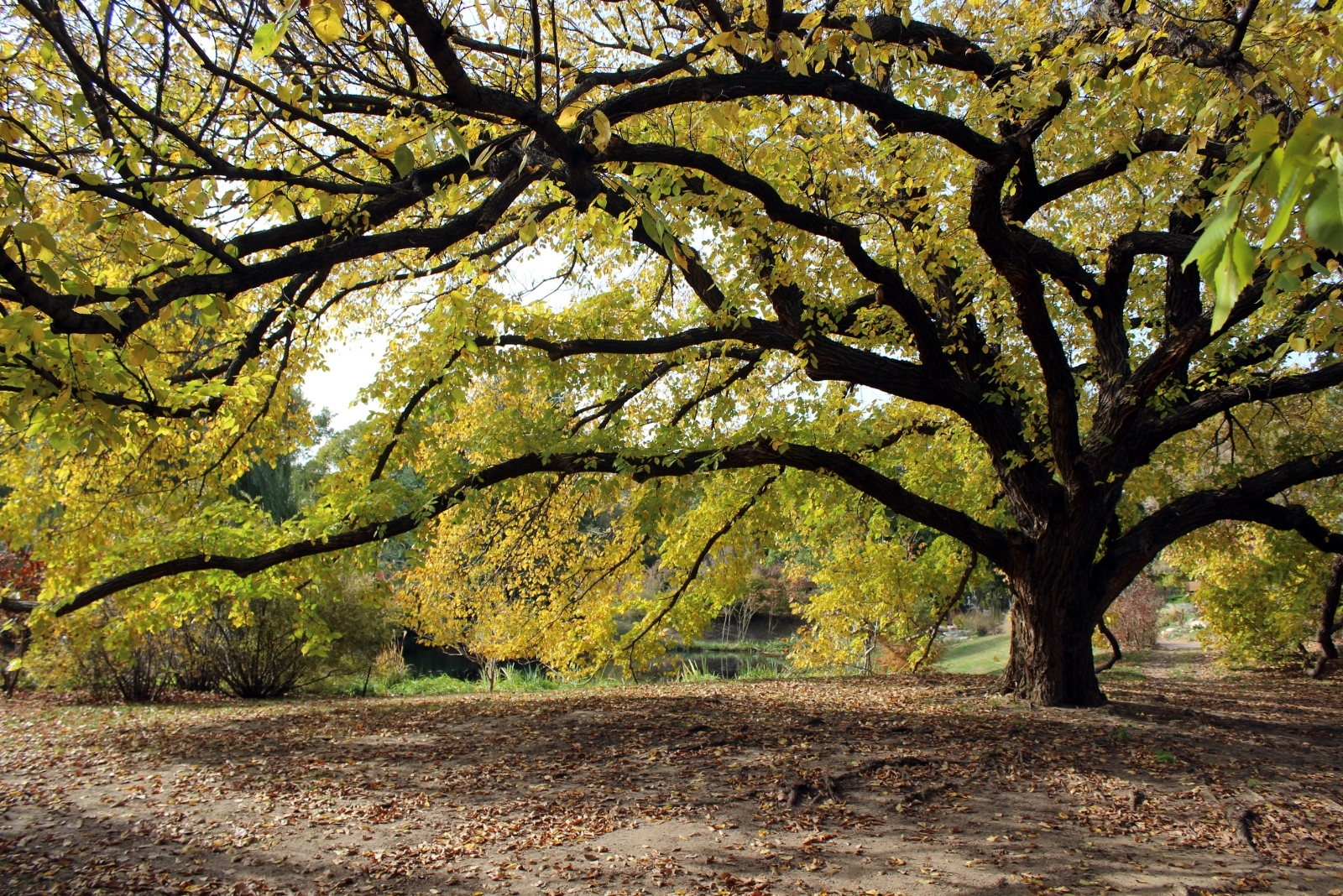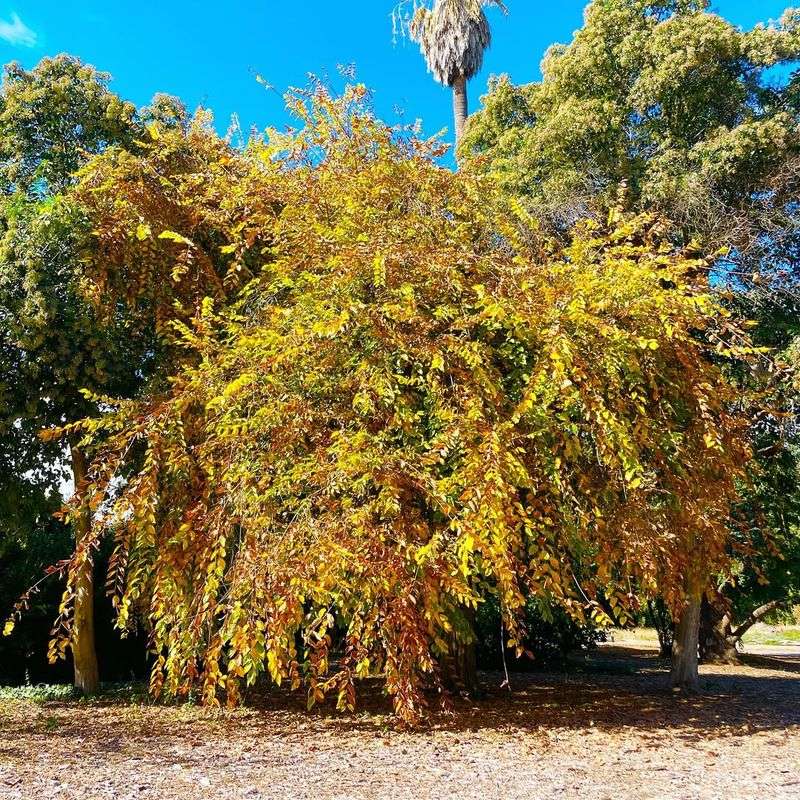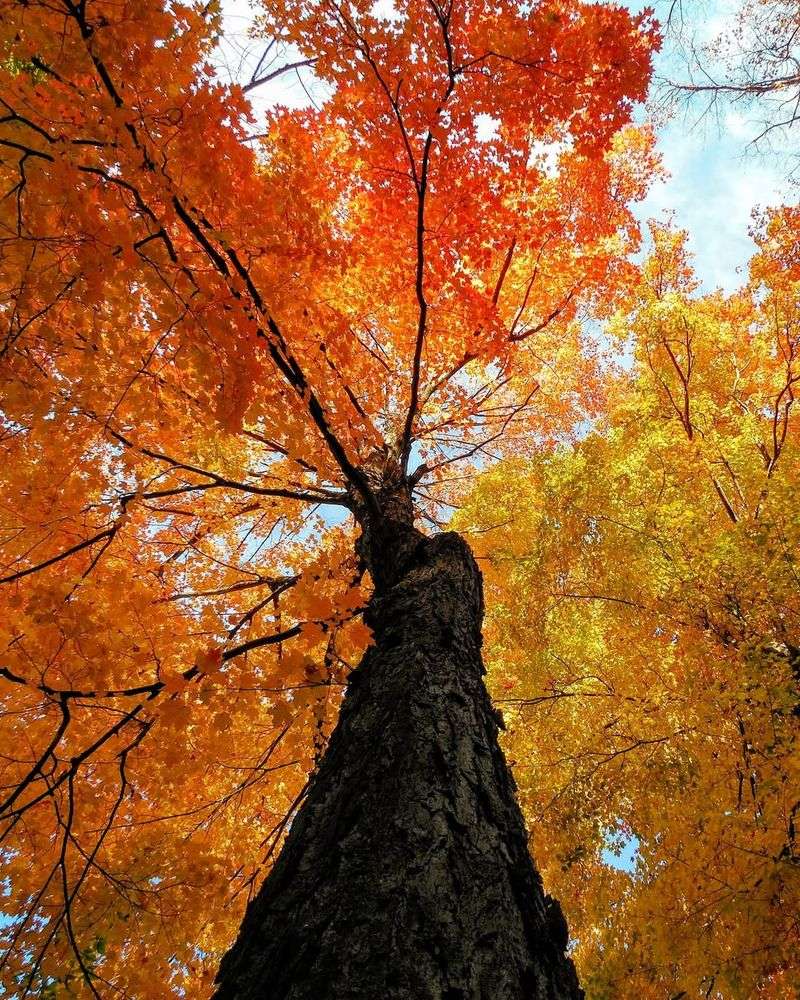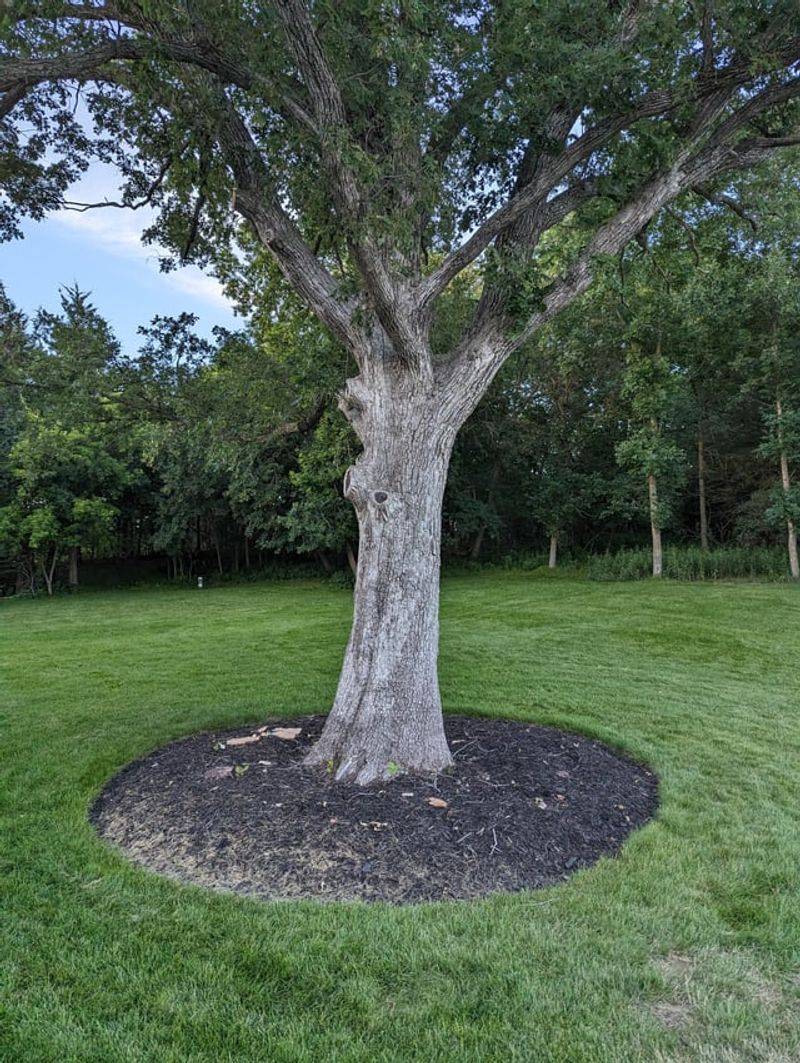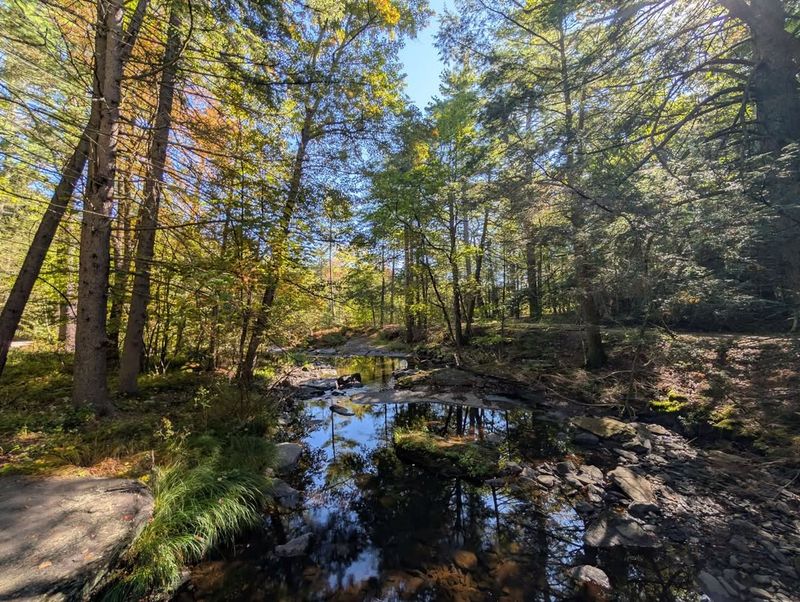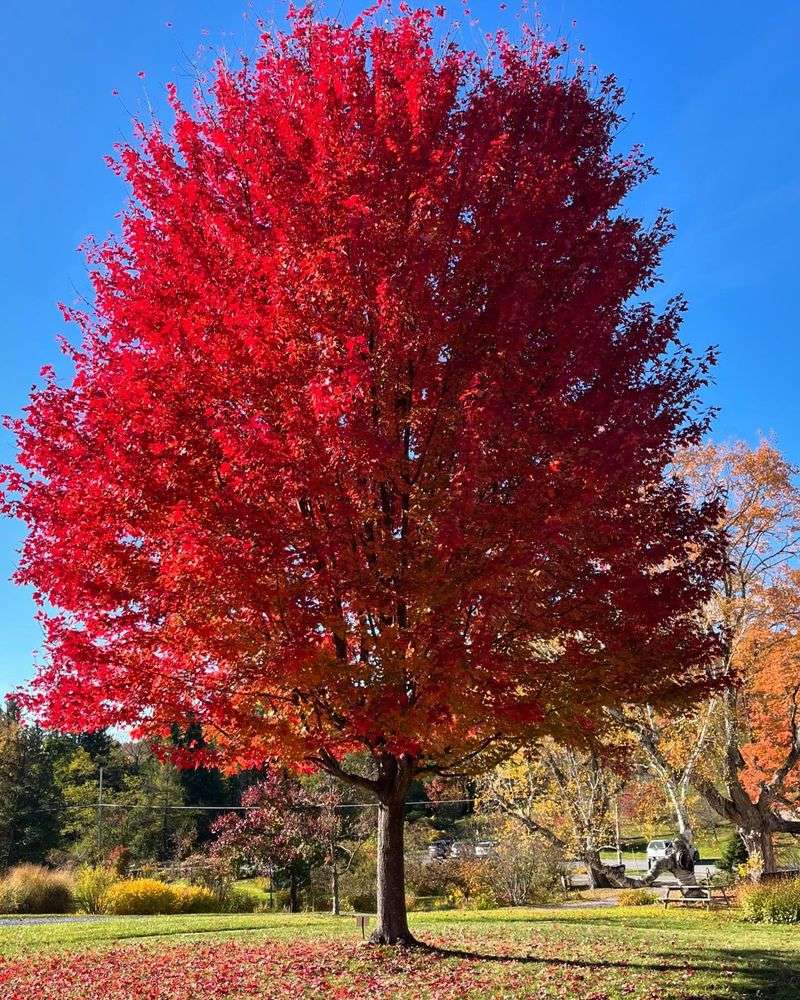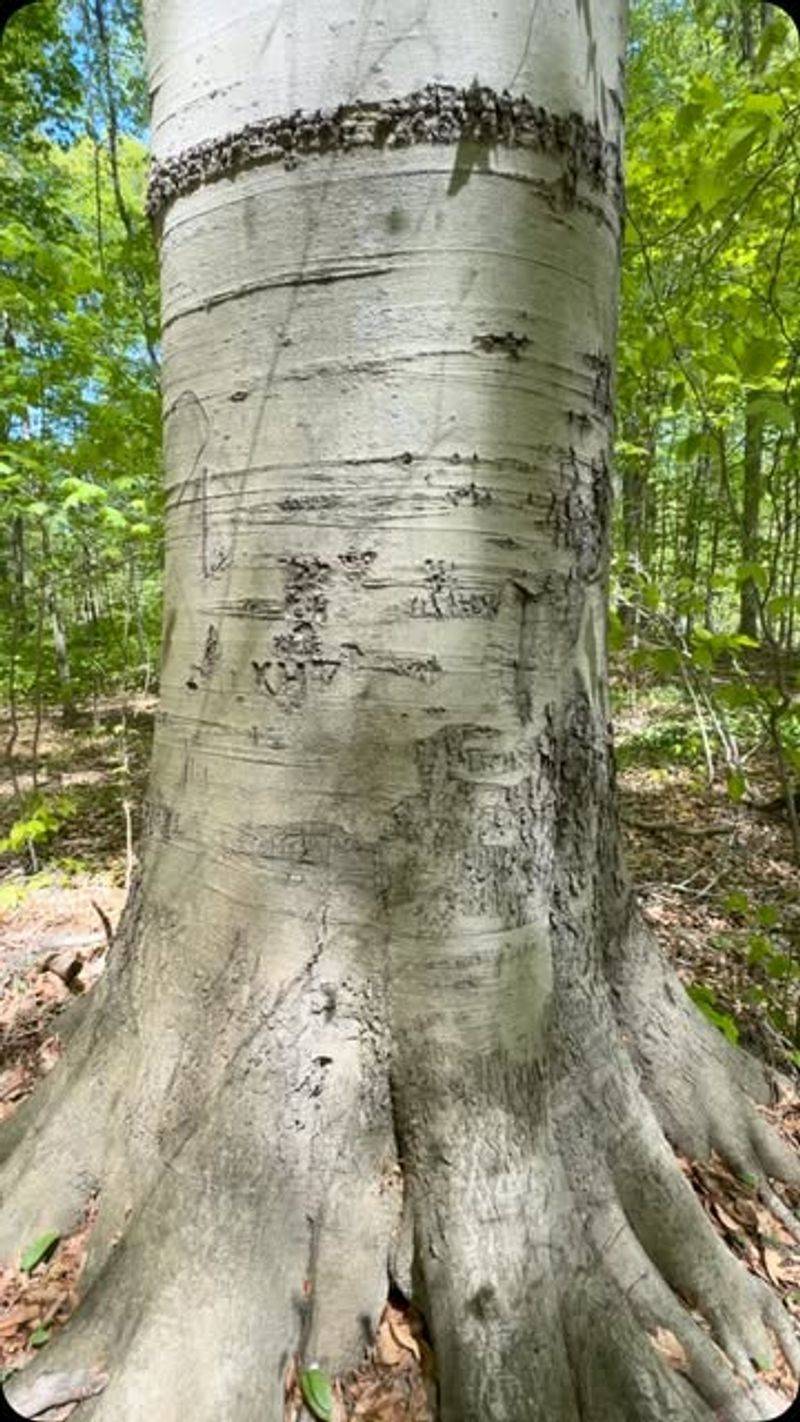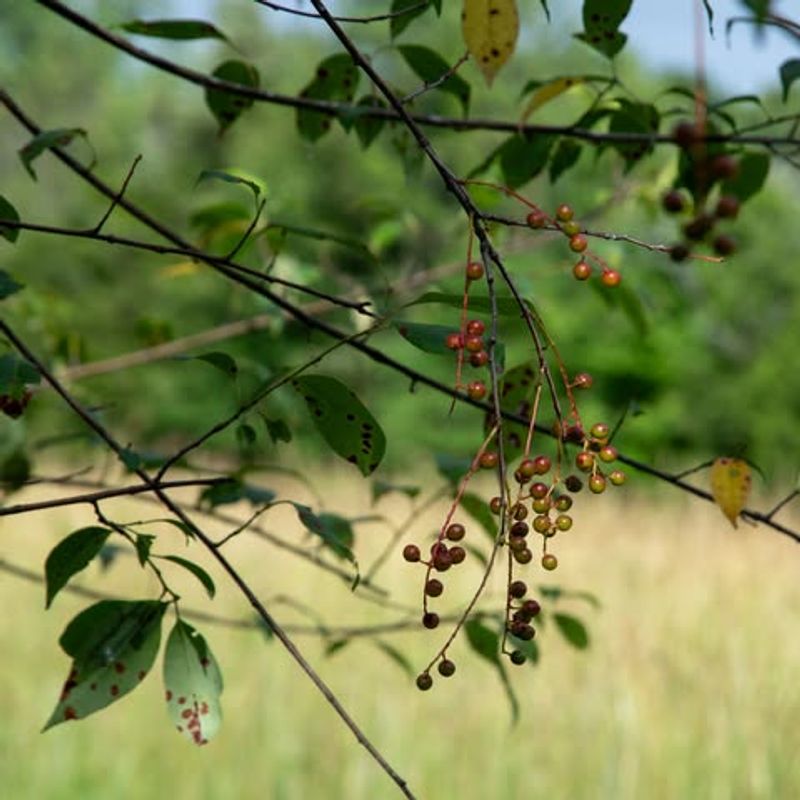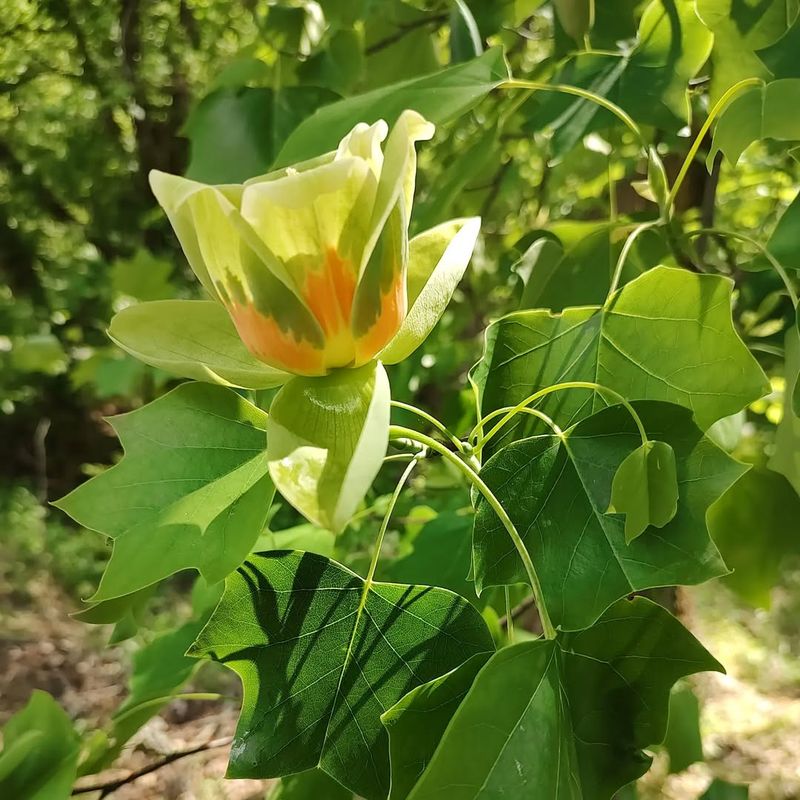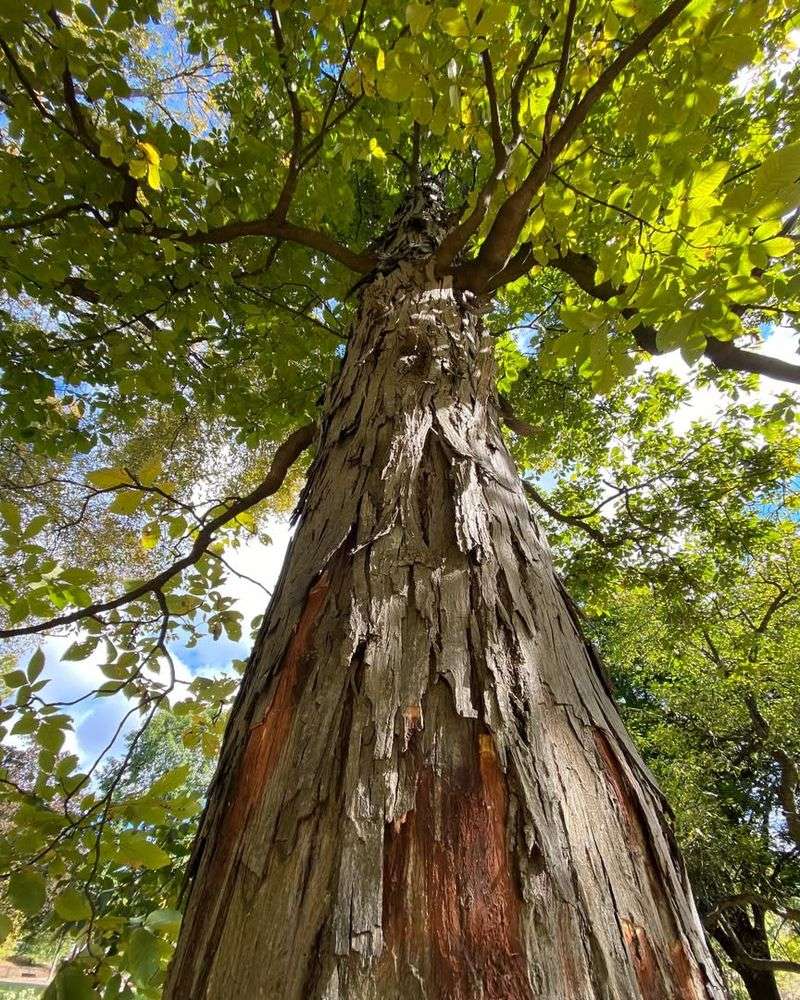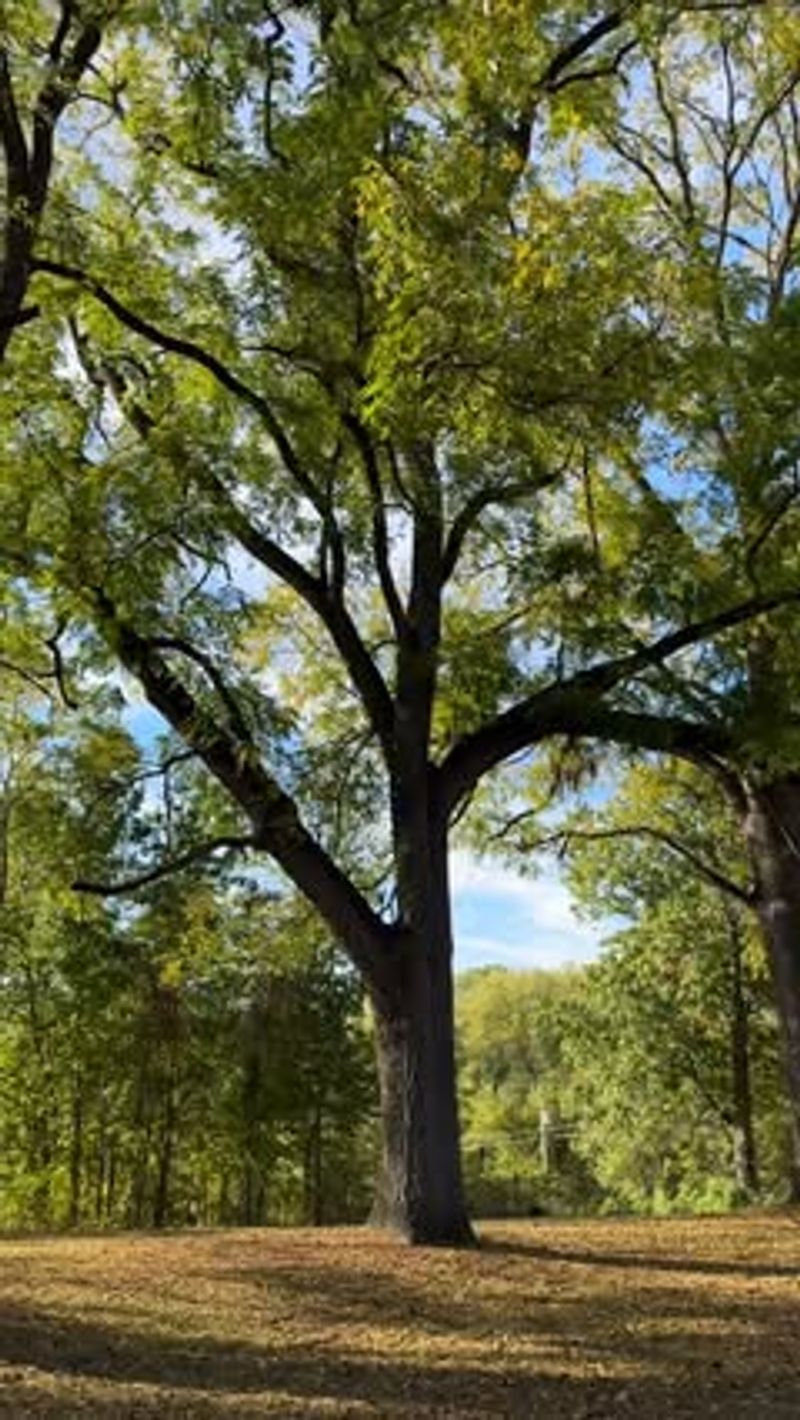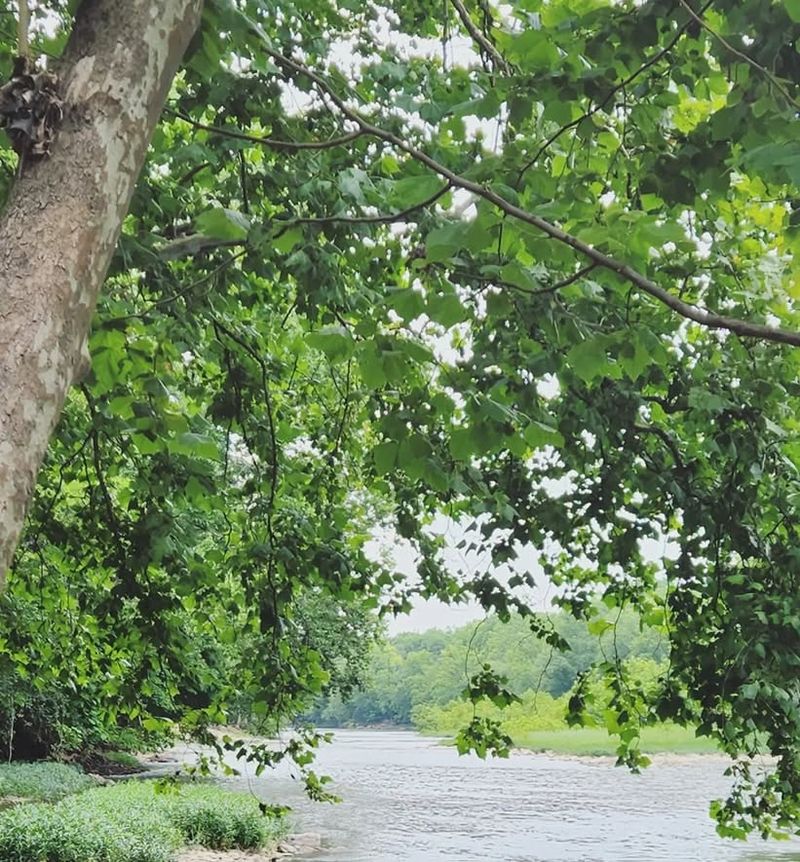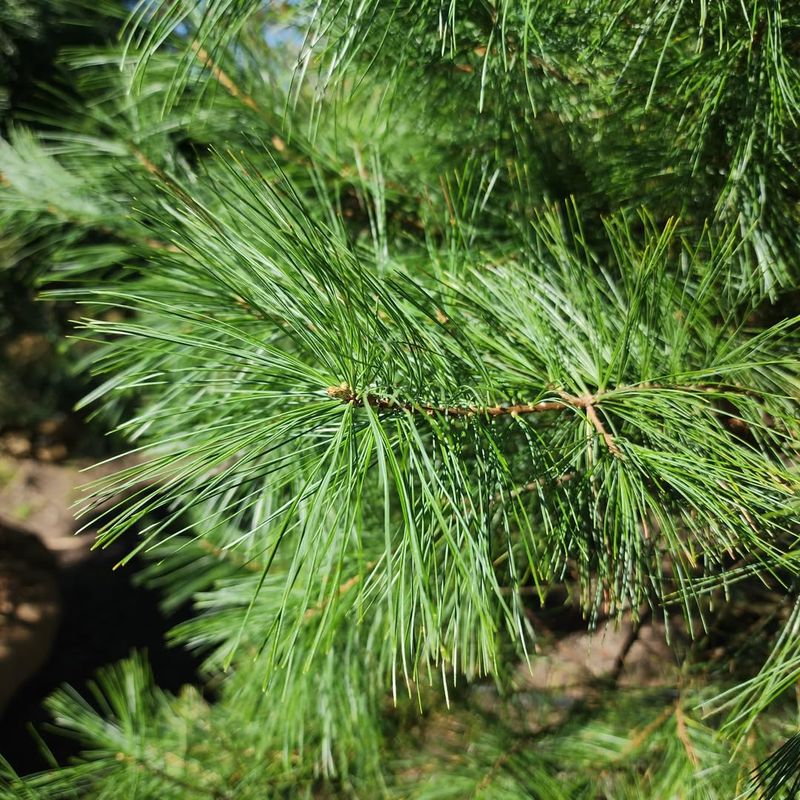Cutting down trees in New York isn’t always simple, and fines can be steep for protected species. Some trees have legal safeguards because of their ecological importance.
Knowing which ones to leave alone avoids surprises and helps the environment. Being informed keeps your yard beautiful and law-abiding.
1. American Elm
Standing tall with its iconic vase-shaped crown, the American Elm once lined countless New York streets before disease struck many down. Today, remaining specimens receive special protection because of their historical significance and rarity.
New York municipalities often require permits before any work can be done on these beloved trees. Cutting one down without authorization could result in fines reaching thousands of dollars, depending on your local ordinances.
Always check with your city or town hall before making decisions about an elm on your property.
2. Sugar Maple
Famous for producing delicious maple syrup, Sugar Maples hold special status throughout New York and are frequently protected in urban areas. Many communities have designated these trees as heritage specimens worthy of preservation.
Removing a mature Sugar Maple without proper permits can trigger significant penalties. Local governments value these trees for their shade, beauty, and contribution to the ecosystem.
Before cutting, contact your municipality to learn about specific regulations that apply to your neighborhood and property size.
3. White Oak
White Oaks can live for centuries, making them living monuments that New York takes seriously when it comes to conservation. Their slow growth and ecological importance mean many towns classify them as protected species.
Homeowners who remove White Oaks without authorization face steep fines and possible legal action. Environmental officers monitor these trees closely because they provide habitat for countless wildlife species.
Getting approval before removal requires documentation, arborist reports, and sometimes public hearings in certain New York communities.
4. Eastern Hemlock
Towering evergreens with graceful drooping branches, Eastern Hemlocks create vital habitat along New York waterways and hillsides. Conservation efforts protect these trees due to threats from invasive pests and habitat loss.
Many regions in New York prohibit cutting Eastern Hemlocks without special permission from environmental authorities. Violations can result in fines plus requirements to plant replacement trees at your own expense.
Check state and local regulations before touching these conifers, especially near streams or protected watersheds.
5. Red Maple
Brilliant scarlet leaves make Red Maples a fall favorite across New York neighborhoods, where they often receive municipal protection. Urban forestry programs frequently list these trees as valuable assets requiring permits for removal.
Cutting down a Red Maple in protected zones without approval can cost homeowners hundreds to thousands in penalties. Cities value them for stormwater management, air quality improvement, and aesthetic appeal.
Always verify your tree’s protected status with local environmental departments before scheduling any removal work in New York.
6. American Beech
Recognizable by their smooth, silvery bark, American Beeches are native treasures that many New York communities actively protect. Mature specimens often qualify as heritage trees under local preservation ordinances.
Removing an American Beech without proper authorization can trigger substantial fines and mandatory reforestation requirements. Environmental agencies monitor these trees because they support diverse wildlife and prevent soil erosion.
Homeowners should obtain professional arborist assessments and municipal permits before considering removal of any beech on their New York property.
7. Black Cherry
Valued for its beautiful wood and ecological benefits, Black Cherry trees often fall under protection in New York’s conservation districts. Wildlife depends on their fruit, making them important for biodiversity.
Unauthorized removal of Black Cherry trees can result in fines and legal complications for homeowners throughout New York. Local codes frequently require permits even for trees on private property when they meet certain size thresholds.
Contact your town’s environmental office to understand regulations before removing any mature cherry trees from your land.
8. Tulip Tree
Among the tallest trees in eastern forests, Tulip Trees create stunning displays with their unusual flowers and towering presence. New York municipalities often protect these giants due to their ecological and historical value.
Homeowners who cut down Tulip Trees without permits risk serious financial penalties and potential restoration orders. These trees grow quickly but take decades to reach their majestic size, making preservation a priority.
Always consult local tree ordinances in New York before making decisions about removing these impressive specimens from your property.
9. Shagbark Hickory
Named for its distinctive peeling bark that hangs in long strips, Shagbark Hickory trees are protected in many New York jurisdictions. Their nuts feed wildlife, and their wood is highly valued, making conservation important.
Cutting these trees without authorization can lead to substantial fines throughout New York. Environmental regulations often classify them as protected due to declining populations and slow growth rates.
Before removing a hickory, verify its protected status with local authorities and obtain necessary permits to avoid costly penalties.
10. Black Walnut
Prized for their valuable timber and edible nuts, Black Walnut trees receive protection in many New York communities. Their scarcity and economic importance make them targets for theft, prompting strict regulations.
Homeowners who remove Black Walnut trees without proper permits face steep fines and possible criminal charges in New York. Law enforcement takes these cases seriously because of the high value of walnut lumber.
Always document your tree’s condition and obtain official approval before removal to stay compliant with state and local laws.
11. American Sycamore
With their massive trunks and distinctive camouflage-patterned bark, American Sycamores are protected in many New York riparian zones. These trees prevent erosion and provide crucial habitat along waterways.
Removing a Sycamore near streams or wetlands without authorization can result in major fines and environmental restoration requirements. New York environmental law is particularly strict about trees that stabilize shorelines and filter water.
Consult with environmental agencies before touching any sycamore on your property, especially near water features.
12. White Pine
Soaring evergreens with soft, flexible needles, White Pines hold historical significance in New York and often receive municipal protection. Colonial-era laws once reserved the tallest specimens for ship masts, establishing a conservation tradition.
Modern regulations in New York frequently require permits before removing White Pines, especially mature specimens. Fines for unauthorized cutting can reach thousands of dollars depending on tree size and location.
Check with your local forestry department before removing any white pine to ensure compliance with current protection ordinances.

